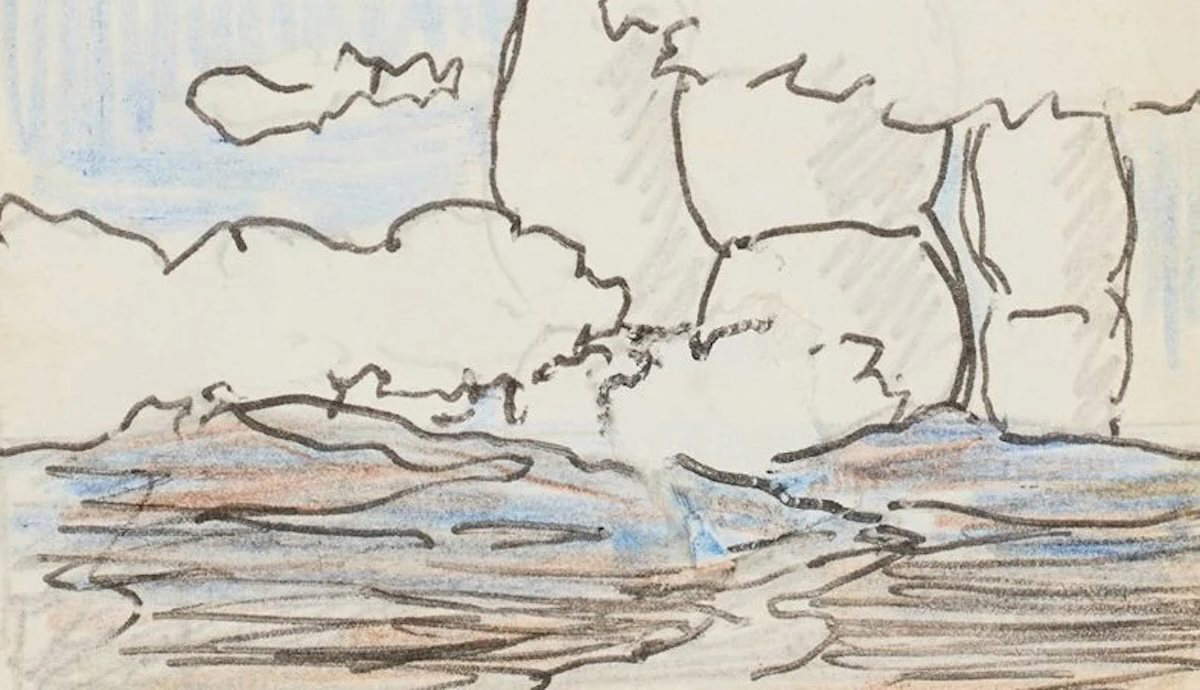
Archaeologists recently discovered an “exceptional Bronze Age fortified site” in the Hejaz region of Saudia Arabia, a mountainous area near the Red Sea. According to a new study, which was published last week in PLOS One, the Bronze Age town offers important insights into the scope and scale of ancient urbanization.
Bronze Age Town Reveals “Low-Level Urbanization”

Little was known about Bronze Age civilization and culture in western Saudi Arabia before the 21st century. Recent archaeological excavations in the region’s Khaybar Oasis revealed a previously unknown Bronze Age town, which researchers named al-Natah. Spread across just under four acres, al-Natah was inhabited approximately between 2400 BCE and 1300 BCE, after which the settlement was abandoned for unknown reasons. It was home to about 500 residents at its peak, making it an unusual example of “low-level urbanization” in Saudi Arabia during the Bronze Age.
The ruins of al-Natah have been hidden beneath layers of basalt for centuries. High-resolution photography finally revealed the layout of a Bronze Age town, which includes a residential sector, a central district that researchers called a “decision-making zone,” and a necropolis. Al-Natah was surrounded by a nine-mile-long wall to protect against nomadic raiders. The discovery marks the first time that archaeologists have been able to study a Bronze Age town so extensively in Saudi Arabia. Their research suggests that the area experienced an increase in urbanization due to growing trade routes, beginning around 2,500 BCE.
The “Socio-Economic Complexity” of al-Natah

During the Bronze Age on the Arabian Peninsula, towns like al-Natah sprung up within an interconnected network of oases in the desert. Compared to other Bronze Age towns in Mesopotamia, Egypt, and the eastern Mediterranean, al-Natah experienced urbanization at a slower—but steady—pace. “This radical change in lifestyle, from a pastoral-nomadic way of life to more agro-pastoral subsistence…had a profound impact on socio-economic organization and complexity,” said Guillaume Charloux, lead author of the PLOS One study.
Archaeologists at al-Natah unearthed several pottery fragments and grinding stones used for tool preparation. They also found the remains of approximately 50 earthen dwellings, each unusually unified in style, size, and composition. In contrast, the remains of most known Bronze Age towns comprise a subset of larger and higher-quality homes for higher-status individuals.
Discovery Debunks Old Archaeological Assumptions

It was previously assumed that the Hejaz region of Saudia Arabia was home to a small population of pastoral nomads during the Bronze Age. However, a Saudi-German archaeological team called that theory into question in the early 2000s when they found a fortified settlement with strong trade links in the region’s Tayma oasis. Later, in 2015, a Saudi-Austrian team found another urbanized oasis nearby. Now, the discovery of another prosperous Bronze Age town in the Hejaz region further debunks prior notions about pastoral nomads. The archaeological team wrote, “More excavations in Khaybar and other Bronze Age settlements in the region are needed to assess the level of socio-economic complexity during this period.”









